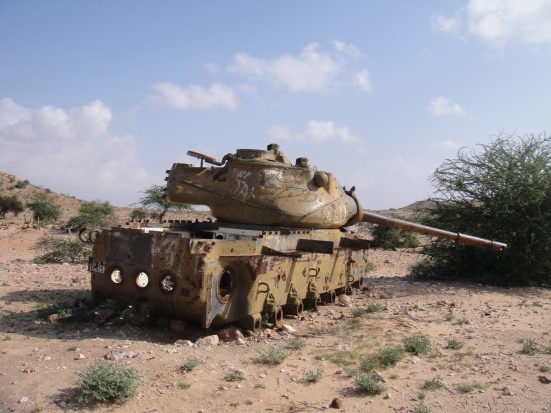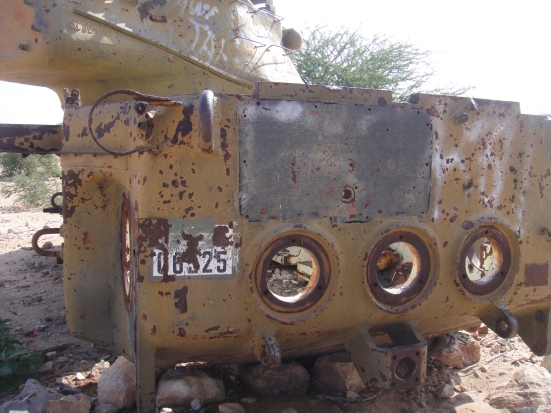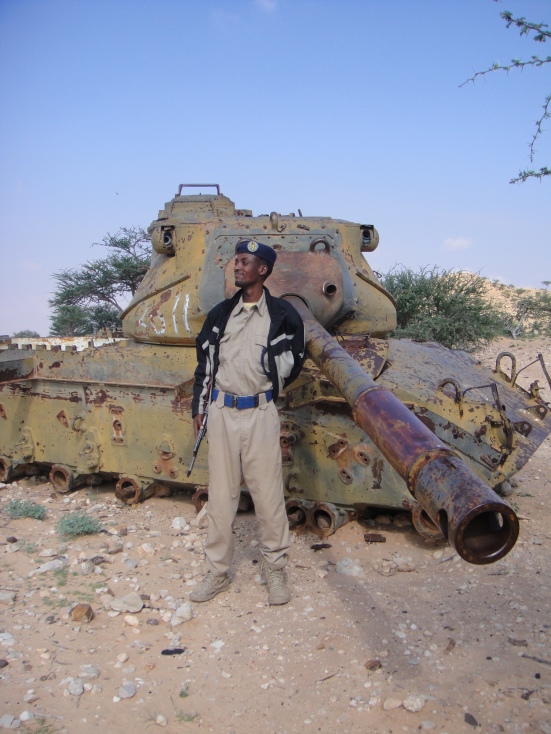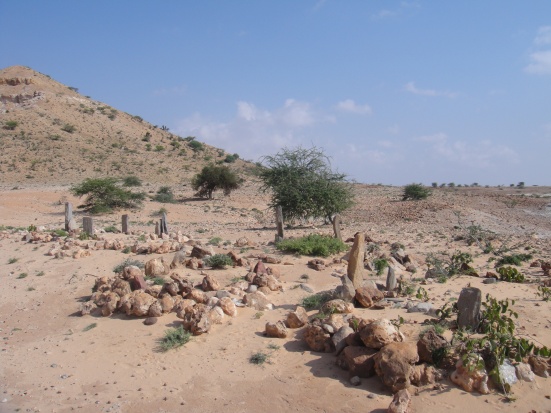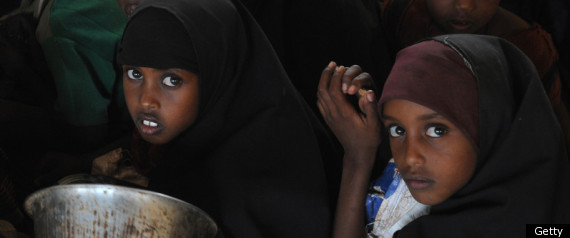
ABDI GULED and KATHARINE HOURELD 07/21/11 12:53 PM
MOGADISHU, Somalia — Somali soldiers beat back desperate families with gun butts Thursday as they fought for food supplies in front of a weeping diplomat, a day after the U.N. declared parts of the country were suffering from the worst famine in a generation.
"I will knock on every door I can to help you," the African Union envoy to Somalia, Jerry Rawlings, told the gathered families in the capital of Mogadishu.
Somalia's 20-year-old civil war is partly to blame for turning the drought in the Horn of Africa into a famine. Analysts warned that aid agencies could be airlifting emergency supplies to the failed state 20 years from now unless the U.N.-backed government improves.
"Corruption is a major part of the problem in Somalia," said Rashid Abdi, a Somalia analyst at the International Crisis Group. "This drought did not come out of nowhere, but the (Somali) government did not do anything to prepare for it. Instead they spent all their time fighting each other."
The U.N. has appealed for $300 million to over the next two months and aid agencies warn it will take at least $1 billion to provide emergency food, medicine and shelter for 11 million people in East Africa until the end of the year. Pictures of skeletal children and grief-stricken mothers stare out from Western newspapers in mute appeal.
The suffering is real. The U.N. believes tens of thousands have already died in the inaccessible interior, held by al-Qaida linked Islamist rebels who denied many aid agencies access for two years. The thorny scrub around the overflowing refugee camps in Kenya is littered with tiny corpses abandoned by mothers to weak to even dig their children a grave.
But Somalis will continue to suffer unless the international backers who support the Somali government also demand that it does a better job, said Abdirazak Fartaag, who headed the government's finance management unit until he fled the country after writing a report detailing tens of millions of dollars in missing donations from Arab nations.
"The Somalis are very grateful for what the international community is doing for them, but they need to be a bit more forceful in holding our politicians to account," Fartaag said.
Currently, the government only holds half of the capital with the help of 9,000 African Union peacekeepers. The salaries of 10,000 Somali soldiers are paid by the U.S. and Italy, and the police are paid by the European Union.
The rest of south-central Somalia is held by insurgents who kidnap children to use as child soldiers and carry out stonings and amputations. Last year, the group claimed responsibility for their first international terror attack, killing 76 people in Uganda.
Abdi said some Somali politicians continued to be corrupt because they gambled that the international community would not withdraw its support and allow the Islamists to take over the whole of southern Somalia.
"They know they're the only game in town," he said.
There may be some small signs of progress. This week, Somali President Sheik Sharif Sheik Ahmed announced a new cabinet – the third in less than a year – and said his government had deposited $500,000 for drought relief in a public account that any donations can be sent to. Some displaced families in the capital said the government had distributed bananas and dried food.
But Fartaag said tens of millions of dollars more that could be used to help starving Somalis was missing. The port in the capital declared revenues just over $13 million last year, said port director Sayyed Ali Maalin Abdulle. Berbera port in the northern breakaway republic of Somaliland makes at least $30 million a year and is about a quarter of the size.
The E.U.'s humanitarian aid chief said Thursday that the famine offers a fresh chance to push for peace if local and international leaders step up.
"Perhaps we should see this crisis as an opportunity for more attention to be brought back to Somalia," Kristalina Georgieva told The Associated Press, noting that the worst drought in the region for 60 years had hit Somalia hardest because the government and infrastructure there are weakest.
"It might be that the incredible tragedy in Somalia ... is an opportunity for a renewed effort, and it has to be from the international community and the Somali people themselves and their leadership," she said.
In the meantime, Somali refugees continue to flood across the border into neighboring Ethiopia and Kenya, where Prime Minister Raila Odinga said his government is concerned about the security threat caused by the influx and he urged aid groups to set up feeding camps in areas of Somalia not controlled by the militant group al-Shabab.
"It is possible to set up food camps there and tents so that they can live there," Odinga said. "Once (refugees) come to Kenya they don't want to go back. They say it is better to die in Kenya than in Somalia."
___
Houreld reported from Nairobi, Kenya. Associated Press reporters Tom Odula in Nairobi and Frank Jordans in Geneva contributed to this report.

